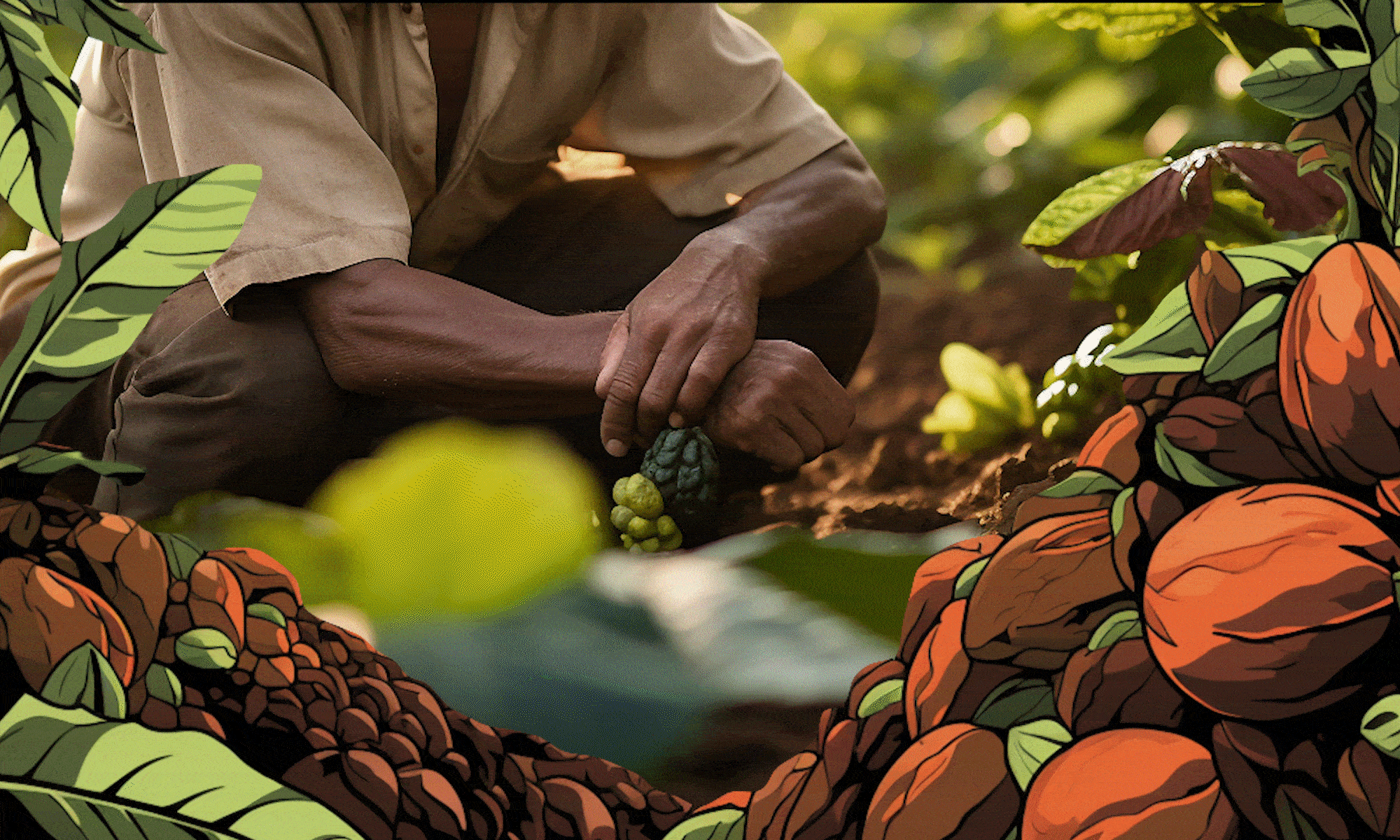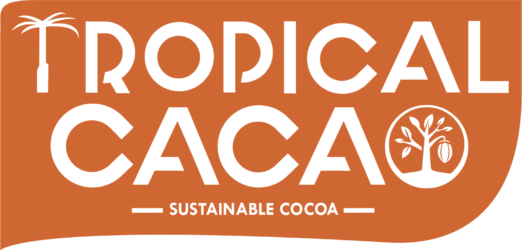Skilled labor dramatically impacts cacao quality and farm profitability. Comprehensive training programs covering proper harvesting techniques, fermentation management, and quality standards create a knowledgeable workforce that makes better decisions. Implementing fair wage systems tied to quality metrics rather than just volume incentivizes careful work. Providing growth opportunities and safe working conditions improves retention of experienced workers—a significant advantage when specialized skills like proper pruning techniques take years to master. Progressive farms are implementing profit-sharing models that align worker interests with overall farm success.
Building a Recognizable Brand for Your Cacao Farm Products
Developing a strong farm brand creates market recognition and premium positioning. Your brand story should highlight your farm’s unique terroir, production methods, and commitment to quality. Visual branding elements, including logos, packaging, and photography, should reflect your farm’s values and connection to place. Digital presence through websites and social media provides direct connections with chocolate makers and consumers interested in your story. Case studies show that farms with strong branding typically command 25-45% higher prices for their beans and enjoy more stable buyer relationships compared to anonymous commodity producers.
Financial Planning and Record-Keeping for Profitable Cacao Farms
Effective financial management distinguishes profitable cacao operations from struggling farms. Comprehensive record-keeping systems should track production costs, labor inputs, and yield data at the block level to identify your most productive areas. Cash flow planning is particularly critical given the seasonal nature of cacao harvests. Maintaining separate accounting for different farm activities (cacao production, processing, tourism) clarifies which operations drive profitability. These financial insights enable strategic decision-making about where to invest limited resources for maximum returns, whether in expanded production, quality improvements, or value-added processing.
Harvest Timing and Techniques for Maximum Cacao Quality
Precise harvest timing dramatically influences bean quality and flavor development. Pods should be harvested at peak ripeness, indicated by characteristic color changes specific to each variety. Professional harvesters use clean, sharp tools and avoid damaging the flower cushions that will produce future crops. Post-harvest pod handling affects fermentation success—pods should ideally be opened within 24 hours of harvest, with careful removal of placenta tissue that can cause bitterness. Training harvest teams in quality standards and implementing incentive systems for careful harvesting typically results in 10-15% quality improvements that translate directly to higher market prices.
Biodiversity Conservation Strategies That Benefit Cacao Production
Biodiversity conservation and productive cacao farming are naturally complementary. Maintaining shade cover with diverse tree species experiences fewer pest problems while supporting beneficial insects that improve pollination. Wildlife corridors connecting forest fragments provide habitat for birds and mammals that control pests. Maintaining riparian buffers protects water quality while creating additional habitat. Beyond ecological benefits, these practices often qualify farms for biodiversity-focused certifications that command market premiums and may provide access to conservation incentive programs offering additional financial support.
The Economics of Cacao Processing: From Bean to Bar on the Farm
On-farm chocolate production can increase revenue compared to selling raw beans. Initial equipment investments include roasters, crackers, winnowers, grinders, and tempering machines. Labor requirements increase but allow for value addition within your community. Beyond equipment, successful on-farm chocolate operations require consistent electricity, packaging solutions, and food safety protocols. Marketing considerations become crucial, with branding that highlights your farm’s unique story and direct connection to the growing environment. While challenging, this vertical integration creates remarkable opportunities for farms with entrepreneurial vision and access to markets.
Building a Successful Cacao Nursery Operation
A well-managed nursery operation creates foundation for farm success and potential additional revenue. Key elements include selecting disease-free parent trees with desirable characteristics, proper grafting techniques to preserve genetics, and optimal growing medium formulations. Nurseries should maintain shade levels of 50-70% for young plants and implement proper watering systems. Beyond supplying your own farm, selling high-quality seedlings to neighboring producers can generate $2-5 per plant in additional income. The knowledge gained through nursery management also improves your understanding of plant genetics and selection, continuously improving your plantation’s productivity.
Climate Change Adaptation Strategies for Cacao Farmers
Climate change presents significant challenges for cacao production, requiring proactive adaptation strategies. Diversifying cacao varieties to include more heat and drought-tolerant selections reduces vulnerability to changing conditions. Improved shade management systems help mitigate temperature extremes and protect plants during increasingly intense weather events. Water management infrastructure, including retention ponds and efficient irrigation, becomes essential as rainfall patterns become less predictable. These investments not only protect current production but position forward-thinking farms to thrive while less-prepared operations may struggle with declining yields and quality issues.
Post-Harvest Processing Innovations That Increase Cacao Value
Innovations in post-harvest processing can significantly increase your cacao’s market value. Controlled fermentation chambers with temperature monitoring enable consistent quality even during variable weather conditions. Solar dryers with adjustable ventilation systems reduce drying time while preserving flavor compounds. Mechanical bean sorting equipment improves efficiency and ensures uniformity that buyers value. Some progressive farms are implementing centralized processing facilities that serve multiple small producers, sharing costs while achieving higher quality standards. These improvements typically result in 15-40% higher prices from quality-focused buyers while reducing post-harvest losses.
Leveraging Technology for Modern Cacao Farm Management
Technology adoption can transform tropical cacao farming operations. Mobile applications for farm mapping help optimize planting patterns and track tree health. Weather monitoring systems with automated alerts improve timing for critical activities like harvesting and drying. Digital record-keeping tools streamline certification compliance and buyer reporting requirements. For larger operations, soil moisture sensors connected to irrigation systems can reduce water usage. These technologies typically require modest investments (depending on farm size) but deliver significant returns through improved efficiency, reduced input costs, and enhanced crop quality.

